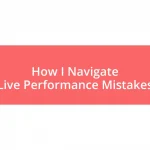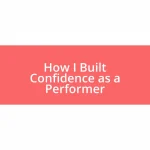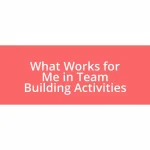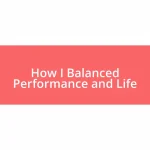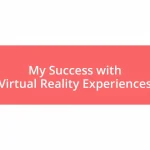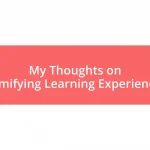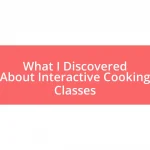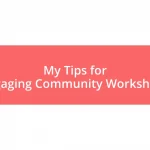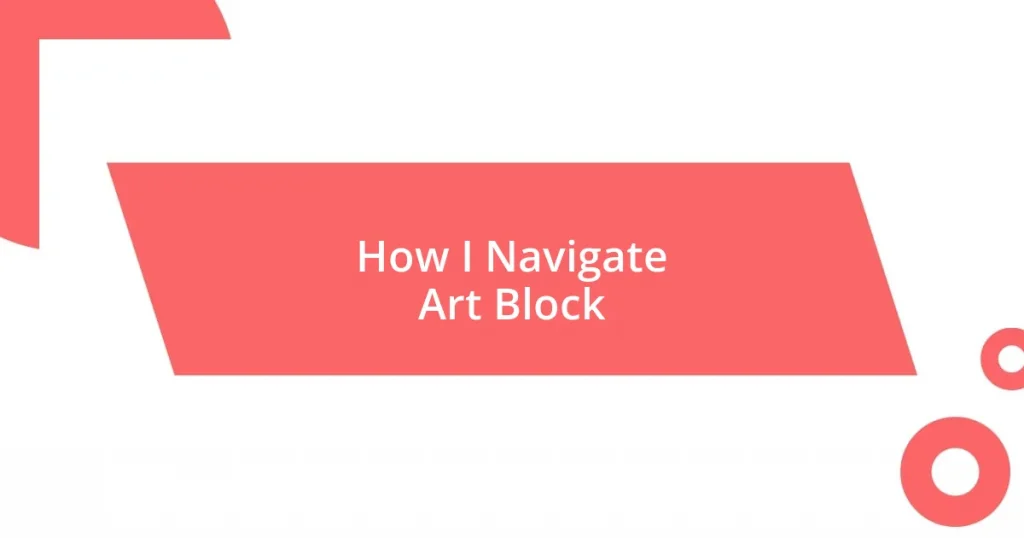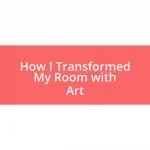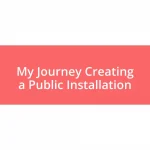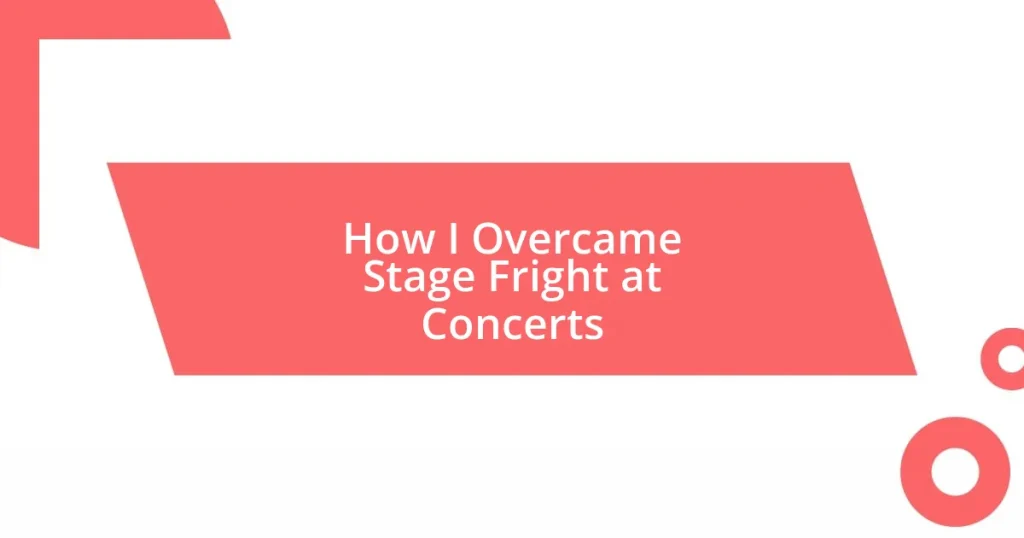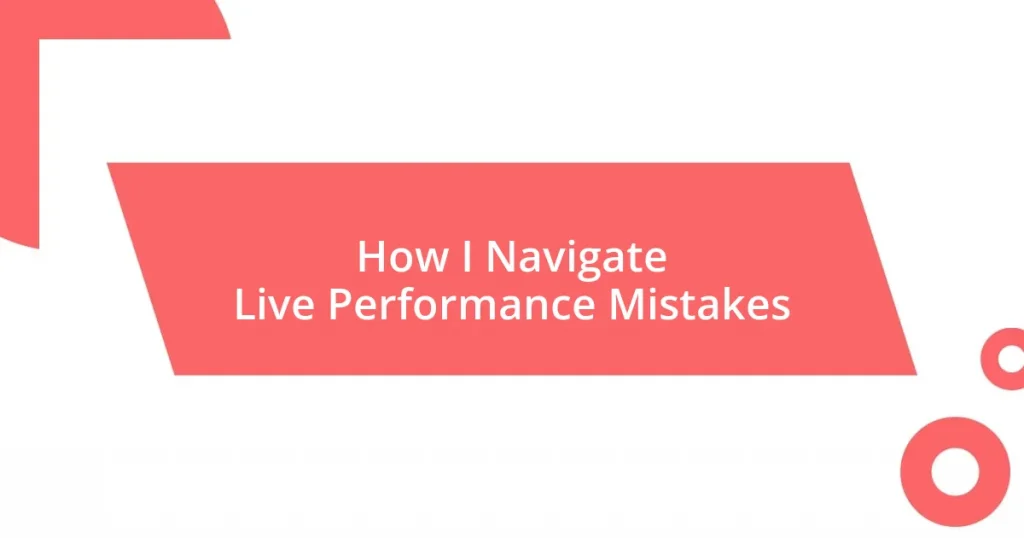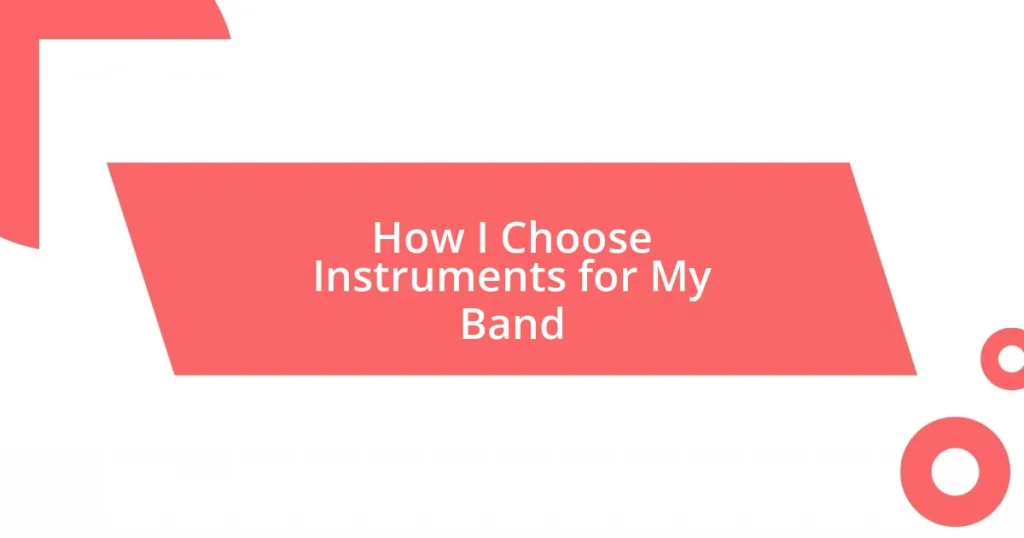Key takeaways:
- Art block often stems from emotional states, environmental factors, and external pressures, making self-reflection and awareness crucial for overcoming it.
- Changing your environment, engaging with different art forms, and establishing a creative routine can help reignite inspiration and creativity.
- Connecting with other artists and participating in collaborative projects can provide new perspectives and reignite motivation.
- Reflecting on past progress and journaling creative journeys can help artists appreciate growth and find renewed inspiration during challenging times.
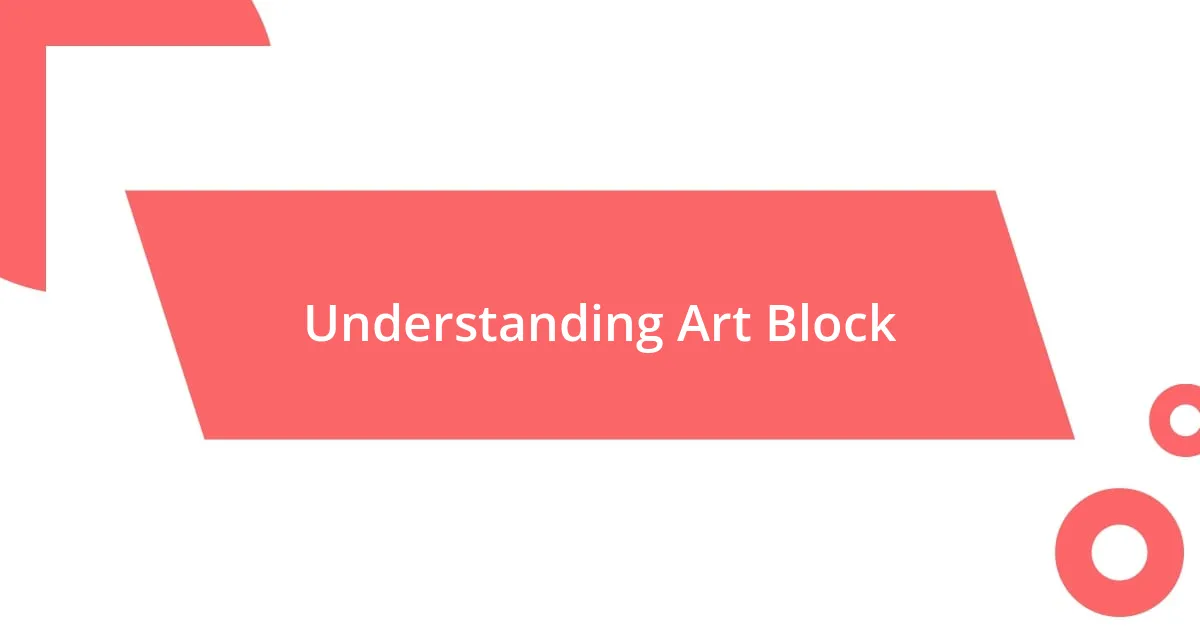
Understanding Art Block
Art block can feel like an invisible wall, trapping creativity and leaving you frustrated. I remember staring at a blank canvas for what felt like hours, wondering why my ideas had vanished. Have you ever felt that sinking feeling, as if the very essence of inspiration had pulled a disappearing act?
Sometimes, the root cause of art block isn’t just technical skill or lack of practice; it often intertwines with our emotions and experiences. For instance, when I faced personal challenges, my creativity took a hit, making it hard to translate my feelings into art. It’s a harsh reminder: our mental state can significantly impact our creative flow.
Understanding art block means acknowledging it as a part of the creative journey. I’ve learned that taking a step back to reflect on what I’m feeling can be essential. Have you tried sitting quietly with your thoughts? It can be surprising what clarity emerges when we allow ourselves the time to reconnect with our inner artist.
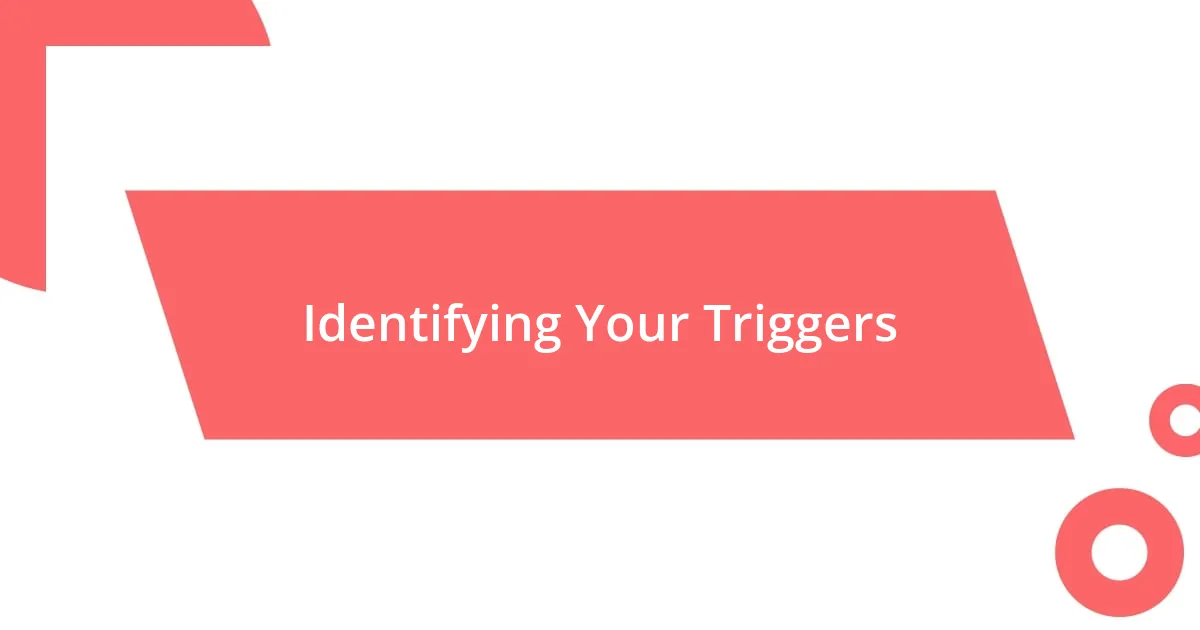
Identifying Your Triggers
Identifying your triggers is crucial for navigating art block effectively. I’ve discovered that certain environments or situations can sap my creativity. For example, when I’m surrounded by too much clutter or noise, my mind feels chaotic, making it hard to focus. Have you ever noticed how a messy workspace can cloud your thoughts? Understanding where and when your creativity stalls can truly change your approach.
Another important aspect is to explore emotional triggers. I vividly recall a time when I was dealing with stress from work; my art flow dried up completely. Stress, anxiety, or even moments of joy can greatly influence our creative output. The key is to keep a journal of your feelings and creative states. Reflecting on these can reveal patterns, helping you pinpoint what truly hinders your artistic expression.
Finally, don’t underestimate external influences. Social media, for instance, can be both a source of inspiration and a cause for comparison-induced pressure. I sometimes catch myself scrolling for inspiration, only to feel disheartened afterward. It’s essential to be mindful of how such experiences affect your motivation. Have you tried limiting your exposure to social media when you’re feeling blocked? It might just help you find your way back to your own unique voice.
| Potential Triggers | Personal Impact |
|---|---|
| Noisy Environments | Hinders concentration and leads to chaotic thoughts. |
| Personal Stress | Severely impacts creative flow and expression. |
| Social Media Overload | Can cause feelings of comparison and pressure, diminishing motivation. |
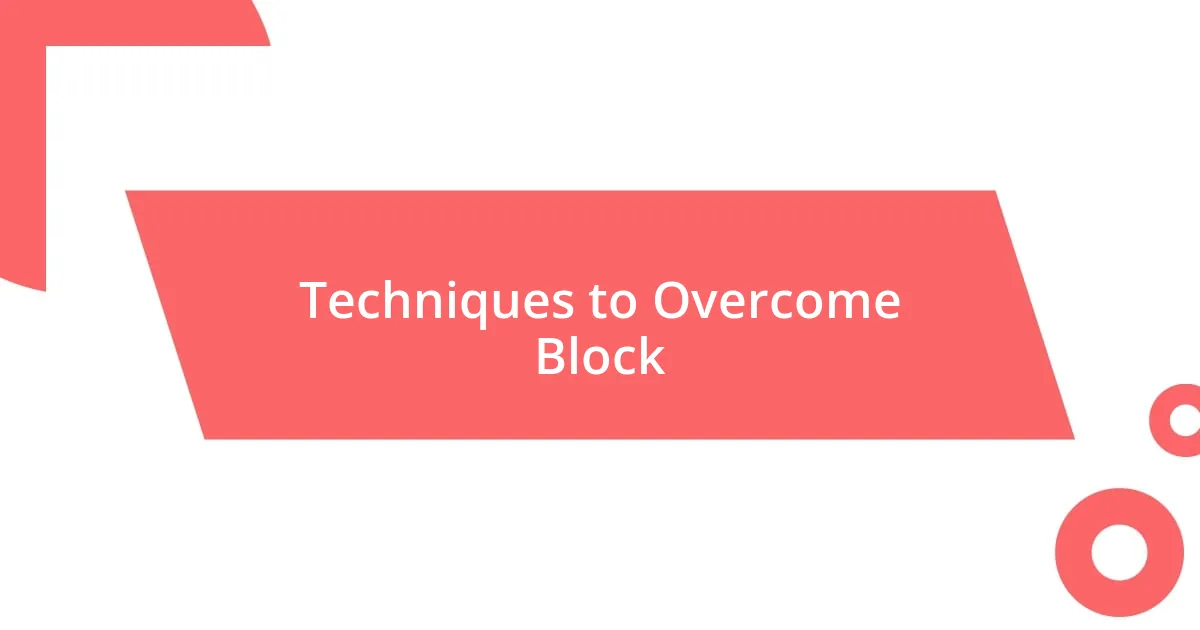
Techniques to Overcome Block
Finding techniques to overcome art block is essential for reigniting creativity. I’ve often turned to simple rituals to break the cycle, such as changing my workspace. Last week, I moved my art supplies into a brighter room, and it felt as though I was inviting fresh ideas to flow in. Sometimes, small shifts can yield significant results. It might also help to indulge in creative activities unrelated to your usual crafts, like doodling or adult coloring books. These activities can loosen your artistic grip and unlock your imagination.
Here are some techniques I recommend for overcoming art block:
- Change Your Environment: Sometimes, a new setting can offer fresh perspectives.
- Set a Timer: Give yourself 10-15 minutes to create, without any pressure. Just letting the pencil glide can spark ideas.
- Engage with Other Art Forms: Watch a documentary, listen to music, or read poetry. Different mediums can inspire your visual creativity.
- Warm-Up Exercises: Sketch freely or do quick drawings without any judgment; these can help your hand and mind reconnect.
- Use Prompts: Try starting with a theme or keyword that intrigues you. It can guide your creativity in unexpected directions.
When I was in a creative rut last year, I stumbled upon a community art challenge that demanded daily submissions. The deadline ignited a spark in me, pushing me to engage with my artwork differently. Finding a sense of accountability, whether through a friend or an online challenge, can often spark motivation too. The important part is that there’s no ‘right’ way to be creative—it’s all about finding ways that resonate with you personally.
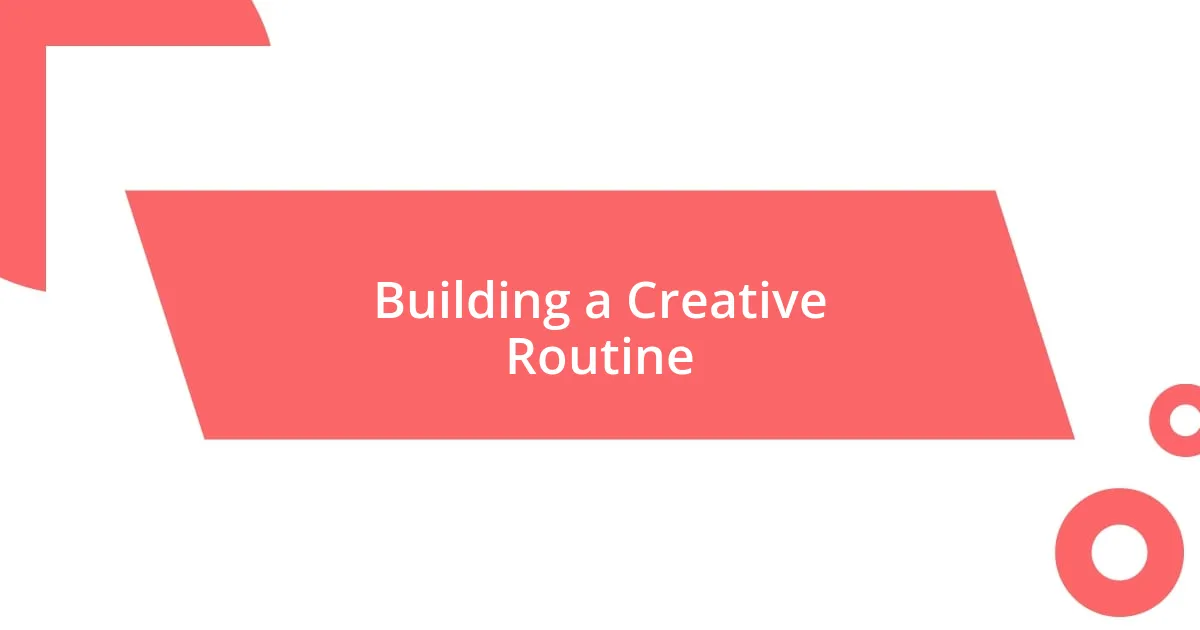
Building a Creative Routine
Building a creative routine has been transformative for me. I’ve learned that consistency breeds inspiration, so I carve out specific time slots for my creative work, even when the ideas feel distant. There’s something grounding about returning to a creative practice daily; it’s like making a date with my imagination—do you ever schedule time just to create? It can feel a bit odd at first, but you’d be surprised how liberating it is.
One of my favorite ways to build that routine is by incorporating rituals that signify the beginning of my creative time. For instance, I brew a cup of my favorite tea before sitting down to draw. That small act shifts my mindset from the busyness of the day to a more focused creative space. I once forgot to do this, and the creative flow felt stilted. Have you ever experienced that kind of disconnect? Rituals can act as a bridge, helping us transition into creativity.
Additionally, I find it beneficial to explore the idea of flexibility within that routine. I once scheduled a weekly art night with friends, allowing space for spontaneous projects while still having a structured time to create together. The laughter and camaraderie not only honored our individual creative processes but made art feel less like a job and more like a joy. Have you considered collaborating or sharing your creative journey with others? Sometimes the most inspiring moments come from unexpected interactions!
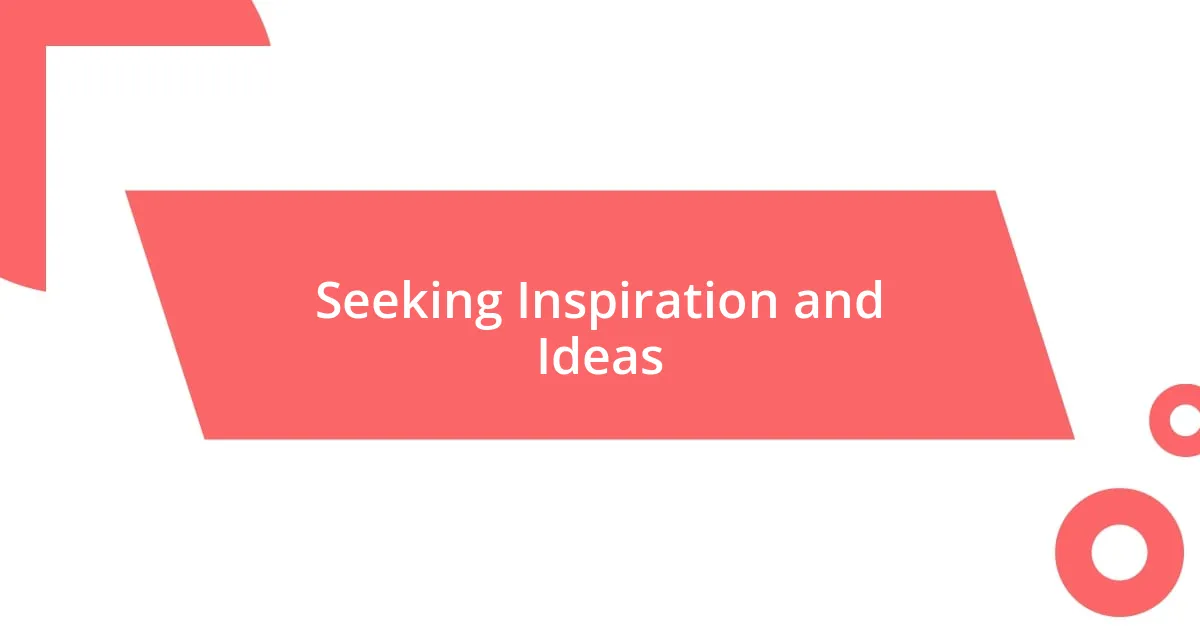
Seeking Inspiration and Ideas
There are days when inspiration feels elusive, and I find myself wandering into galleries or even art supply stores. The colors and textures around me can awaken dormant ideas, almost like a jolt of electricity. Have you ever noticed how being surrounded by other creators can spark something within you? Just a glimpse of someone else’s work can remind me of the joy that comes before the pressure of creating.
I often turn to nature for inspiration as well. A simple walk in the park can stir my imagination, as I observe the way light dances through leaves or the intricate patterns on a flower petal. It’s fascinating to me how the world is full of artistic elements waiting to be noticed. During one of those strolls, I felt a wave of creativity wash over me, just from capturing the beauty of a sunset with my phone. Have you tried using your surroundings to fuel your creative fire?
Another effective strategy I’ve found is keeping an inspiration folder—both physical and digital. Whenever something catches my eye, whether it’s a photograph, a poem, or even a piece of clothing, I tuck it away for a rainy day. It acts like a treasure trove that I can sift through whenever I need a spark. I still remember the excitement of rediscovering a vintage magazine clipping that reminded me of a project I had set aside. Do you have a collection of ideas that you return to when the well runs dry? It’s amazing how revisiting those gems can reignite your passion for creation.
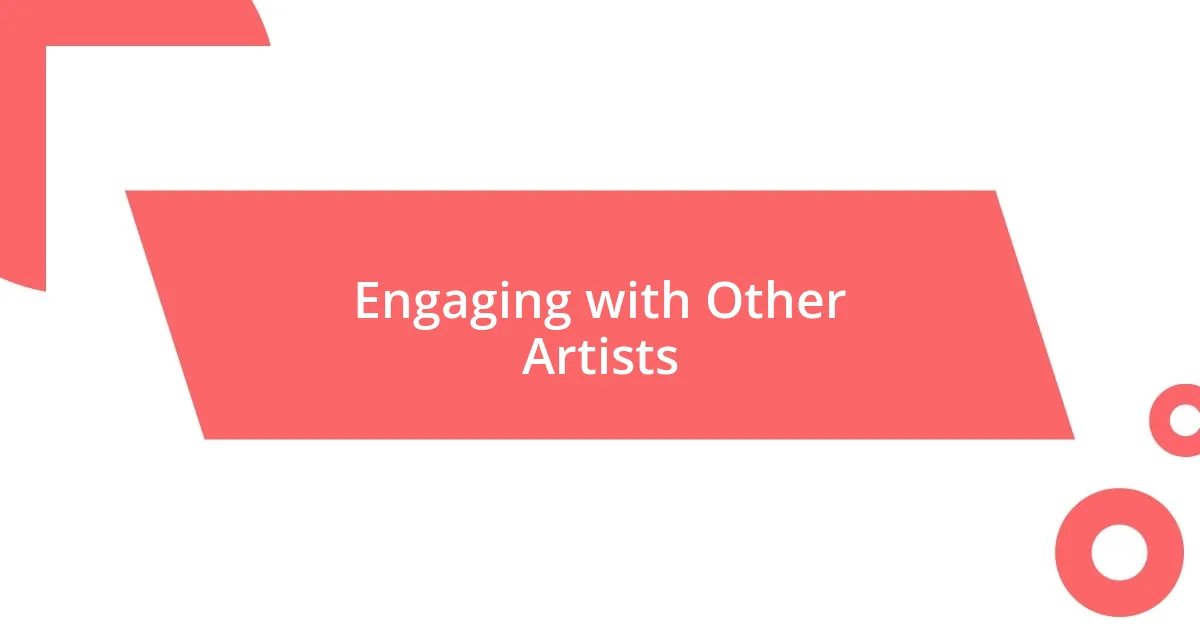
Engaging with Other Artists
Engaging with other artists has been a game-changer for my own creative journey. I remember attending a local art meet-up and finding myself deep in conversation with a painter whose style was vastly different from mine. It was fascinating to hear her approach to color and form, and it rekindled something in me that I thought had gone dormant. Have you ever been surprised by how someone else’s perspective can breathe new life into your own practice?
Collaborative projects also hold a special place in my heart. Not long ago, I joined a small group of artists for a themed challenge where we each created pieces based on a shared prompt. The excitement of revealing our works to one another felt like a mini-exhibition, sparking constructive critiques and inspiring dialogues. This shared experience not only enhanced my art but helped me forge lasting friendships. Have you considered teaming up with fellow creators? There’s something deeply uplifting about creating in community.
In addition to formal gatherings, online platforms have been immensely beneficial for connecting with artists around the globe. I often scroll through Instagram or join Facebook art groups, and I can’t tell you how many times I’ve stumbled across a piece that resonated with my own feelings of block. One time, I came across a thread where artists were sharing their struggles with self-doubt, and it felt oddly comforting to know I wasn’t alone. Have you explored the digital art communities? Engaging with others, even virtually, can make the journey feel less solitary and more like a collective adventure.
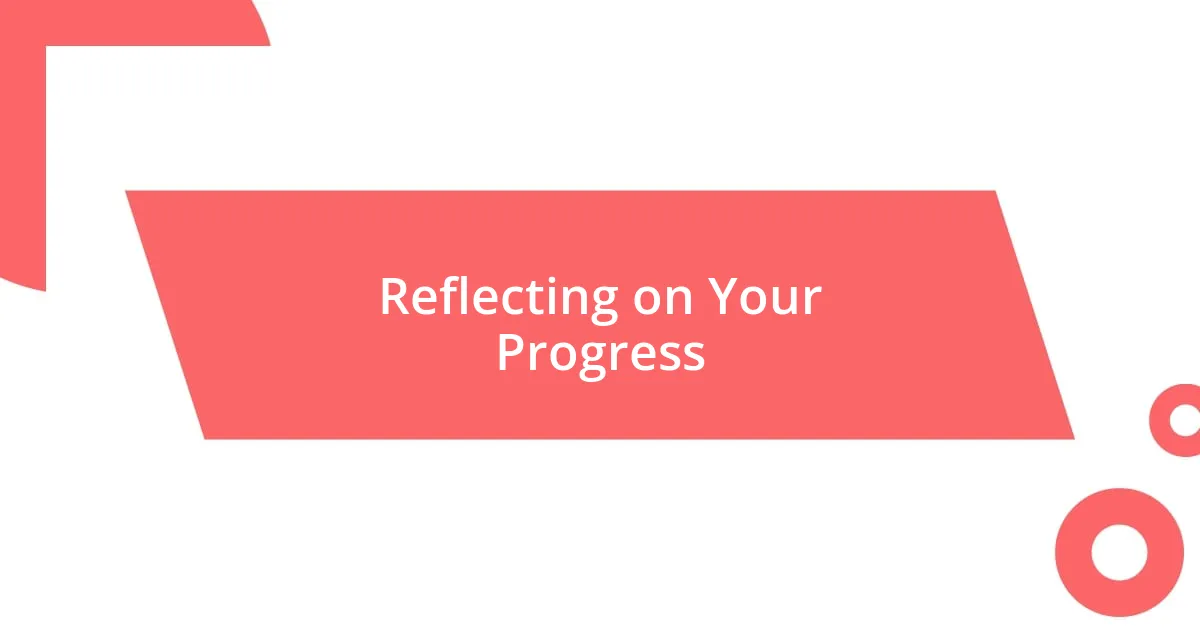
Reflecting on Your Progress
Reflecting on my progress as an artist has become an essential practice in overcoming art block. I’ve learned to take a step back and appreciate how far I’ve come, even during times when I feel stagnant. For instance, when I revisit older sketches or paintings, I’m often surprised by how my style has evolved. Have you ever looked back at your work and felt a sense of pride, or perhaps even embarrassment, at your growth?
Regularly journaling my creative journey has also helped me identify patterns in my work. I remember a few years ago, I’d write down not only my artistic successes but also my struggles with motivation. By rereading my entries, I realized that those low points often preceded breakthroughs. This simple act of reflection allowed me to celebrate the small victories and learn from the challenges. Have you considered journaling your artistic ups and downs?
Often, it’s in the comparison of my current state to past achievements that I find renewed motivation. Just last month, I found an old piece I had put on display at a local café, and it brought back a flood of memories. The joy of creating that piece reinvigorated my passion, reminding me that the process itself is what fuels my creativity. How do you remind yourself of your artistic journey when you face a block? Reflecting on my past not only helps me see my progress but also inspires me to take the next step forward.

